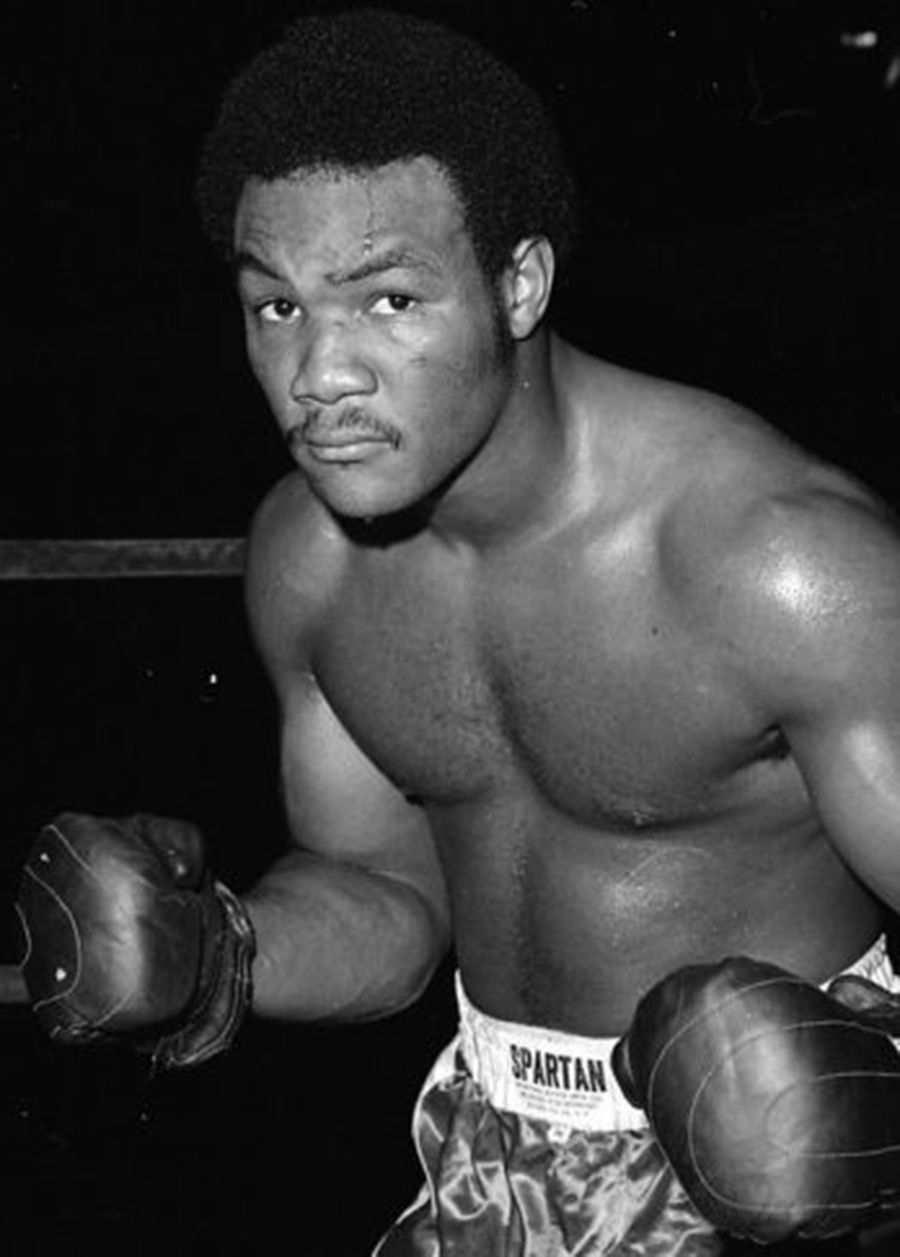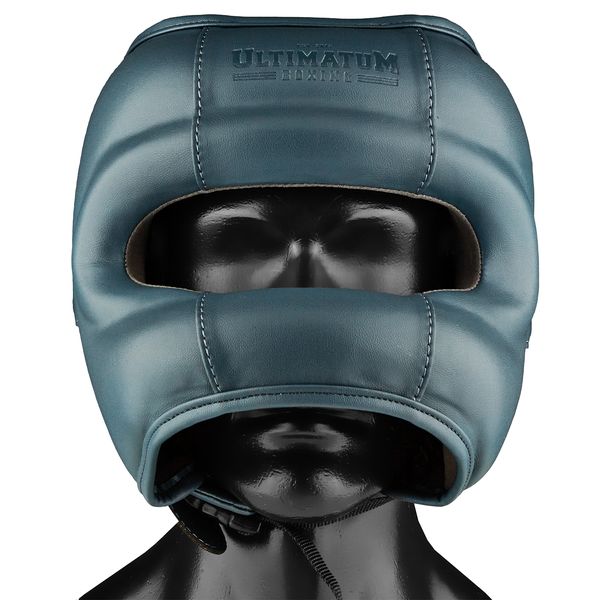en
usd
George Foreman vs. five - or how Muhammad Ali ruined everything

Sports journalist Alexey Alyokhin about the heroes of the golden age of boxing in unusual roles.
Madness and absurdity are the same signs of boxing as jabs and broken noses. But April 26, 1975 in Toronto was a little too crazy even for the toughest heavyweights. 26-year-old George Foreman (40-1), who had lost to Muhammad Ali six months earlier, was returning to boxing in the original format. During the evening, Big George planned to knock out 5 people.
Defeat to Ali (fight more often than others called the greatest of the 20th century) hit the ego of George, who had previously been considered a knockout monster. Mohammed outwitted Foreman: he hung on the ropes, received blows and waited until George was exhausted to knock him out. Behind the defeat there was depression and now, in front of 4 thousand spectators, Foreman fought five exhibition fights in a row. They fought for 3 rounds, each opponent received $5 thousand. The only way to win was by knockout. The format was George's own idea. Decided to prove that he was still cool. What happened to Ali was an accident. How can he cope without trainer Dick Sadler, whom Foreman suspected of being poisoned before the fight with Mohammed.

The whole idea didn't go according to plan. Foreman agreed on the event with a promoter he knew, but he secretly resold the format to Don King. Now King was sitting by the ring, and two of George’s haters were commentating on the evening - journalist Howard Cossell and... Muhammad Ali. George didn't expect this. Ali, a tin-throat and top-level troll, immediately began to mock him, shouting tips to his opponents and enjoying the moment. The spectators chanted “Ali! Ali! Ali!”, and Foreman constantly heard his voice and at times was distracted to start quarreling with him. Mohammed jumped up, waved his arms, and the crowd shouted even more loudly, “Ali! Ali!”.
George didn’t really understand how to react to this, sometimes he was clowning around, which didn’t really fit with his image of a cold killer. However, he knocked out the first opponent, Alonzo Johnson (24-18), and TKOed Jerry Judge (15-4-1). And then a brawl broke out between him and Jerry with a transfer to the ground and the participation of seconds. When the third fight with Terry Daniels (34-18-1) was controversially stopped by the referee, another brawl broke out in the ring. Terry began to hit George, but quickly found himself on his knee, and another opponent’s seconds flew into the ring.
It seems that that evening more or less everyone tried to ruin George’s mood; he even managed to quarrel with his own second. The fourth opponent, Charlie Polite (14-32-3), blew kisses to Foreman during instructions from the referee; in the fight, he sometimes listened to Ali, who yelled “lean on the ropes and he’ll get tired!” and was the first to survive three rounds.
Fifth into the ring for Foreman came the dry and athletic white guy Boone Kirkman (32 -5), who had already lost to him by knockout and clearly wanted revenge. George knocked the guy down, but he got up and hit back. The fight was good, and although the commentators gloatingly said that Foreman was very tired, he fought without trying to run away or get into the clinch. Kirkman, however, was also not bad - his blow cracked Foreman’s rib. “It was very painful,” George admitted and was happy when the fight was over, even if his opponent remained on his feet.
There is no morality as usual, but there are conclusions. Firstly, it is clear that strange fight formats have always existed, long before Jake Paul and pop MMA. It seems that George would agree to box Ali in a phone booth or wrestle him in a convertible to choke him with a seatbelt.
Secondly, the mocking reaction of the experts of that time was amusing. Commentator Cossel called the evening "a carnival that is unpleasant to watch," and boxing historian Bert Sugar called it "low burlesque." It’s a pity that the guys didn’t see “Fight Club on Ren TV.” Foreman was criticized for weak opponents, but all five were experienced journeymen and sparring partners of tops like Ali and Frazier, and Kirkman even defeated good boxers. This is not a fitness trainer with a pseudonym in honor of the most famous boxer on the planet and not a person from a distant country with a clean record against debutants. Yes, everyone was lighter than George and were not tops, but champions after defeats sometimes returned with similar guys, with only one per evening. In some places it was awkward to watch, but the clownery was largely provoked by Ali, and from a distance of almost half a century, Foman’s idea evokes respect. The man who was accused of having problems with stamina didn’t hesitate to go up against five opponents. Quite noble nonsense, worthy of a champion. And the fact that George did not knock out everyone - an experienced journeyman who is used to mitigating damage is not so easy to catch in three rounds.
Thirdly, the story about Foreman against five gives a broader idea of the “golden age of heavyweight” and its heroes beyond the established roles. People are used to talking about boxing in cliché terms. Ali is a good guy and a master of witty trash talk, Foreman is a tough but stupid knockout artist in his youth. In reality, the picture is, of course, more complicated. Ali was not the most pleasant guy, and his trash talk of idiocy and vileness sometimes rose to almost Conor-like heights. Before the fight with Foreman in Africa, for example, he called George a “Christian bastard,” “the oppressor of all blacks,” and said that “if he wins, we will be slaves for another 300 years.” This is not an attempt to denigrate the sports hero, but rather to look at him from a different angle. Ali was a great boxer, but he could hang out with two prostitutes before his first (lost) fight with Ken Norton or force his wife to book him hotels for meetings with his mistresses.
Hierarchy, where Mohammed is at the top, and Fraser and Foreman are below - also a simplification . If we ignore boxing purely and think about the human dimension, the question is what is cooler: winning the main fight of the twentieth century or losing it, breaking down, but after that: by the age of 40, turning from an anti-hero into a people's favorite, experience a religious revelation and become a priest, regain the championship title at 45 and become the oldest heavyweight champion. Well, and earn more than $200 million as the face of an electric grill.
All this will happen, and for now, appreciate the beauty of the moment - your worst enemy does not close his mouth and turns 4 thousand spectators against you, there is no knockout, and a cracked rib causes pain. You'd have to be Big George Foreman to have such a bad day at work.
Discussion










